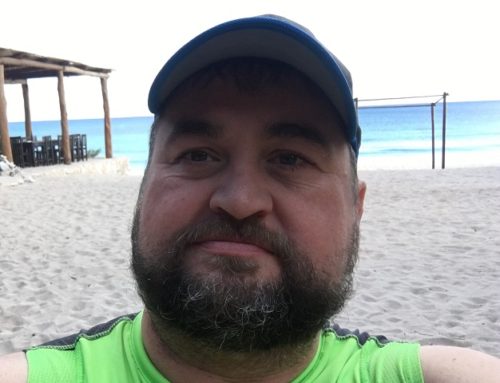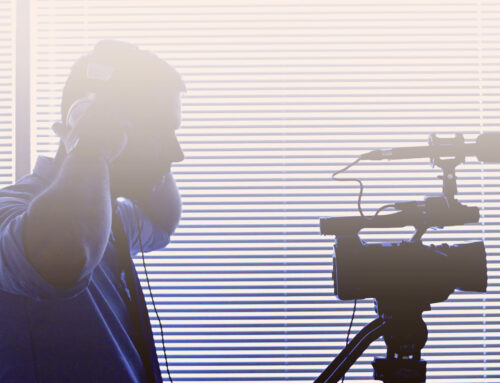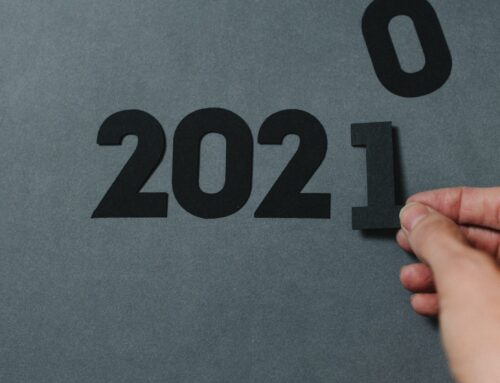I recently ran across this great infographic on the prevalence of mobile technology, and how that is enabling the boom in m-learning. What made this so interesting is that the m-learning, or mobile learning, they were referring to was podcasting. Most of us, myself included, don’t immediately think of podcasting as a form of mobile learning, yet it is.
The infographic provided some great facts on the benefits of podcasting as a delivery type. And this really made me pause and consider this often ignored type of continuing education, the podcast. The benefits of podcasts are numerous. Podcasts require fewer technological investments on the part of the learner. Many of your learners might not have a tablet to make viewing an on-demand course pleasurable, and while you can watch a course on a smartphone, who wants to squint at a 4 inch screen for an hour? Listening is another story. Learners can download a podcast to their smartphone, or MP3 player, and listen to it anytime.
And that is another benefit, podcasts only require your auditory attention. So whether they are inching through traffic, or weaving through crowded subway platforms, learners can listen to their CE and put their commute to good use. And, as the infographic points out, auditory learning really sticks with you. Learners who listen to something are twice as likely to remember it two weeks later compared to learners who just read content.
Added to this is the boom that the podcasting industry is experiencing. According to the Washington Post, over 1 billion podcasts were downloaded in 2013 a 25% increase over the previous year, and 20% of Americans listen to a podcast at least once a month1. This is evidenced by the skyrocketing popularity of shows like This American Life and Planet Money. Even better, the listener demographic skews toward the younger end of the market, with half of all listeners under the age of 342. And, as you look for ways to connect with Millennials and the young professionals entering your field, podcasts might be a good way to reach that niche.
Finally, podcasting is an inexpensive way to create content. You don’t need to invest in high quality graphics for slides, you don’t have to worry about backgrounds, lighting or any of the details that come with videos. You just need a clearly written script and a quiet room to create some quality content.
So as you develop your m-learning strategy, don’t forget about podcasts. In fact, if you are still shaping your 2015 plans and want a pilot m-learning program, why not consider a podcast?






